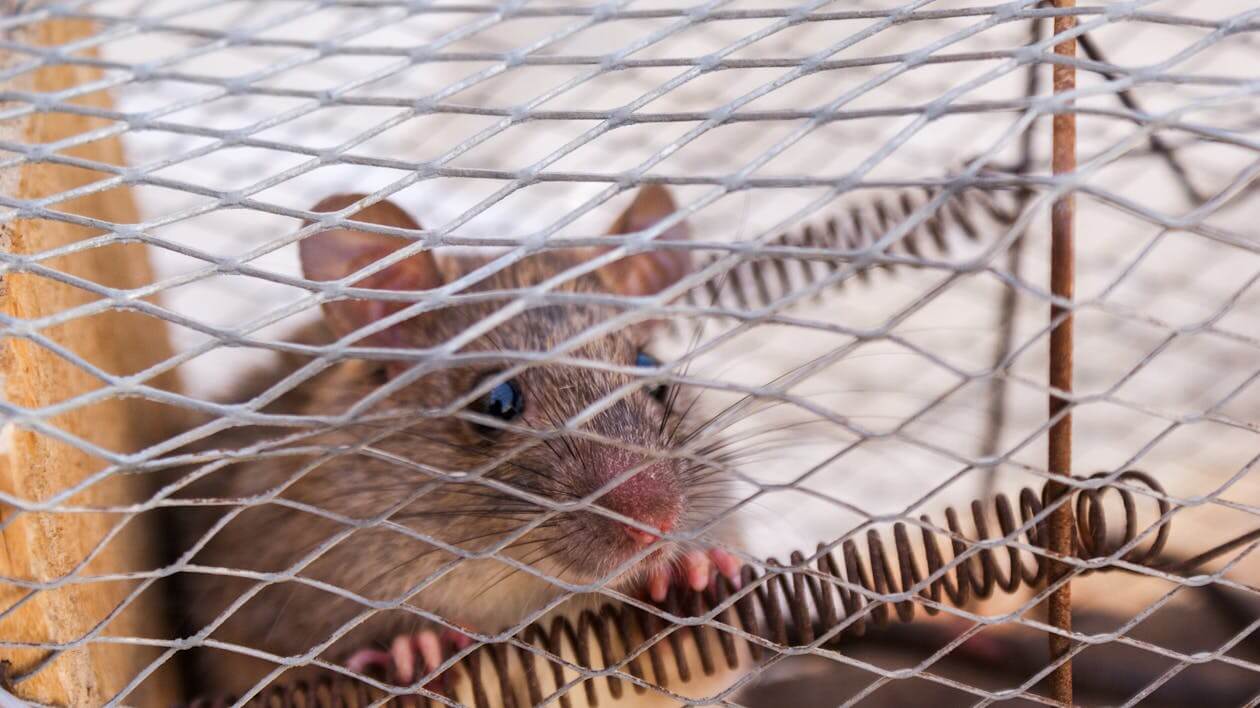How to Bait a Live Animal Trap: The Humane Way to Capture

When wildlife shows up on your property—be it a bold raccoon knocking over bins or a squirrel nesting in your attic—it’s tempting to take matters into your own hands. One Google search will tell you: Just grab a trap, throw in some bait, and problem solved. Not so fast.
Before we dive into how to bait a live animal trap, let’s be clear about one thing: not all methods of animal control are humane. Take glue traps, for example. These sticky sheets often sold at hardware stores might look like a quick fix, but they’re widely criticized for being inhumane. Animals stuck to them can suffer for hours or days before dying, often from dehydration, injury, or sheer panic. CBC’s piece on glue traps lays it out plainly: they’re cruel, ineffective long-term, and should be avoided.
So, what’s a better way to manage wildlife intrusions? Enter: live animal traps—humane, reusable, and designed to minimize harm to both the animal and your property. But here’s the catch (pun intended): a trap is only as effective as the way you bait it.
First, Know Your Target
Different wild animals have different behaviours—and appetites. What works for a raccoon may not tempt a squirrel, and pigeons won’t respond the same way a skunk might. Before you even think about setting your trap, take a moment to ask: What animal am I dealing with?
- Raccoons love sweet, fatty foods—think marshmallows, peanut butter, or canned tuna. For more on these masked intruders, visit our raccoon removal page.
- Squirrels go for nuts, grains, and sunflower seeds.
- Skunks are omnivorous but love wet cat food and sardines.
- Birds are more likely to respond to birdseed or breadcrumbs. Learn more about our humane bird removal services.
Identifying your target animal helps ensure you choose the right trap and bait—and reduces the chances of accidentally catching the wrong critter.
Choose the Right Trap (Size Matters)
Live animal traps come in various styles and sizes. For Ontario property owners, the most common options are:
- Box traps or cage traps, which feature a single door or trap door that closes when the animal steps on a trigger plate.
- Small animal live traps for rodents, squirrels, and chipmunks.
- Large live animal traps for raccoons, skunks, or groundhogs.
Make sure the trap is big enough for the animal’s body to fit inside without its body triggering the mechanism prematurely. On the flip side, don’t use oversized traps for small animals—they’ll often avoid entering, or worse, escape after triggering the door.
Step-by-Step: How to Bait a Live Animal Trap
1. Wear Gloves
You should always wear gloves when handling bait or setting a trap because your scent on the bait or trap could spook the problem wildlife you’re trying to capture.
2. Place the Bait Strategically
Set the bait behind the trigger plate, not in front of it. This ensures the animal’s entire body is inside the trap when it engages the mechanism. Placing food too close to the entrance may allow them to grab and retreat—no capture, no solution.
3. Set the Trap on a Level Surface
A shaky or tilted trap may malfunction or spook the animal. Set it directly on the ground in an area where the animal is active—look for droppings, tracks, or damaged areas.
4. Pre-baiting – Keep the Trap Door Open in the Beginning
Leave the trap door in the open position for a couple of days while baiting it so the animal becomes comfortable entering before it’s actually set to trigger. If you’re dealing with an especially cautious animal, this is a good way to let them get comfortable with the new object and eventually lure them in.
6. Check the Trap Frequently
A trapped animal left too long may panic, injure itself, or even die. Check at least twice a day and never leave it overnight without monitoring.
When DIY Isn’t the Right Call
We understand the instinct to handle things on your own. Setting a trap feels like a quick win—until it doesn’t. If you’ve cycled through other traps, adjusted your bait ten different ways, or still aren’t sure what kind of wildlife you’re dealing with, it might be time to step back.
Knowing how to bait a live animal trap is valuable, no doubt. But trapping is just the tip of the iceberg. Most wildlife issues go beyond one curious raccoon or a single bird in the soffit. Hidden access points, nesting debris, droppings, chewed wiring, torn insulation—it all needs to be addressed.
So, if you’re aiming for a real fix, not a quick patch, we’re here to help.Contact us today to speak with our experts or schedule a professional removal. We’ll handle the wildlife—safely, humanely, and thoroughly.